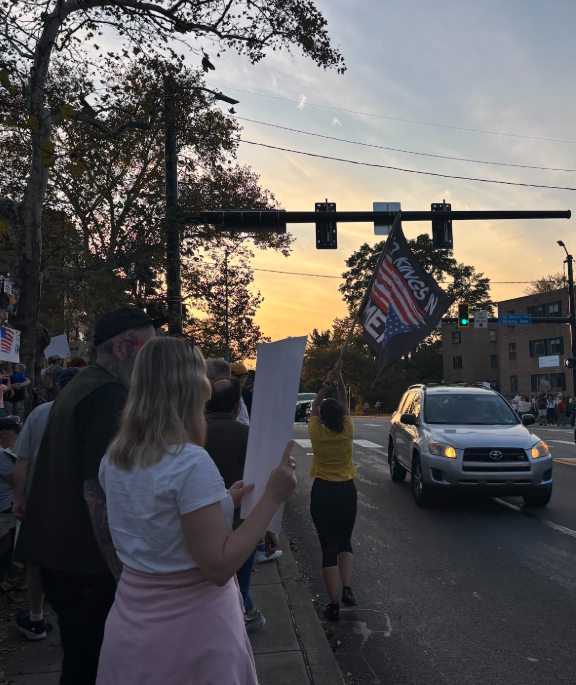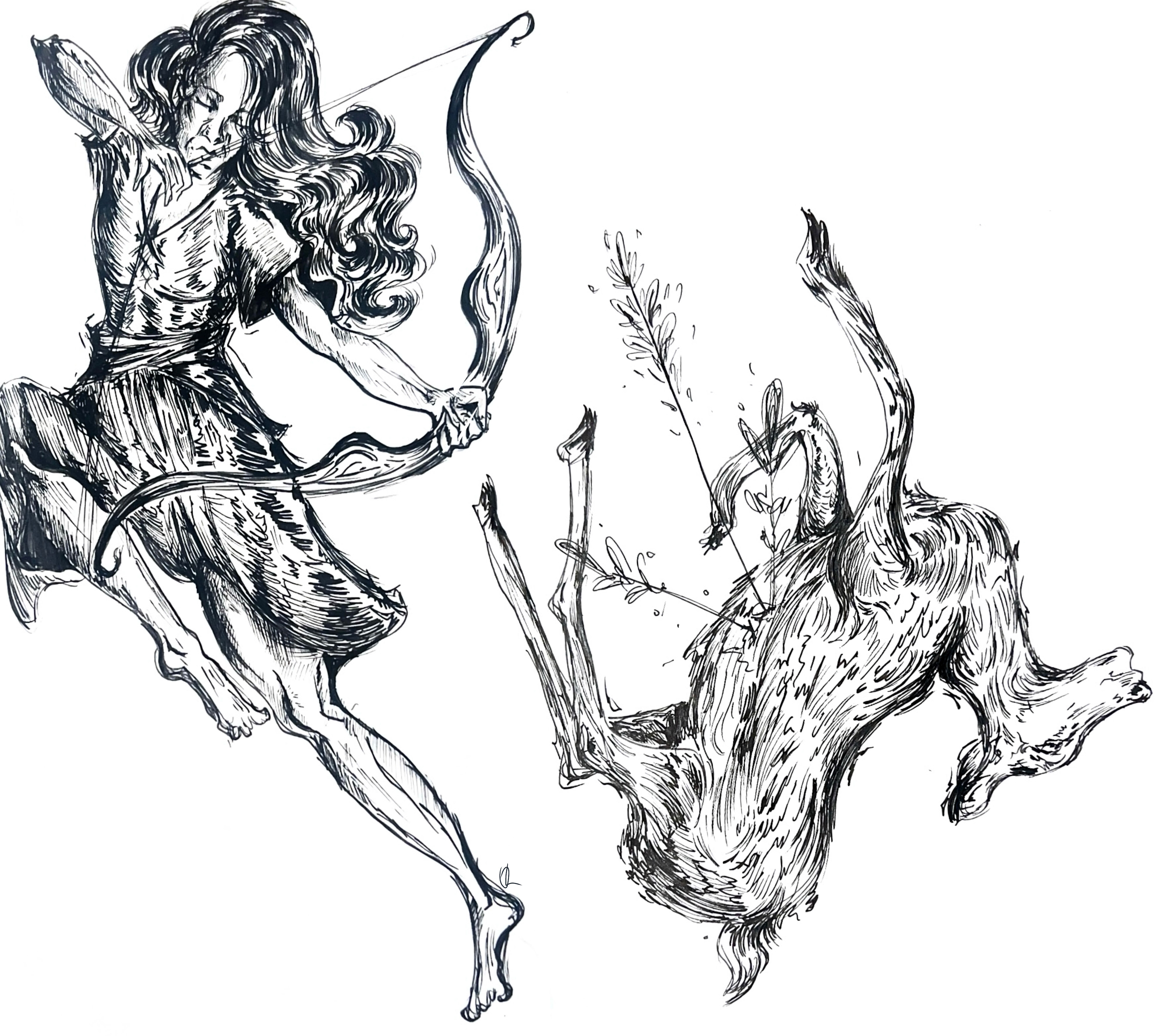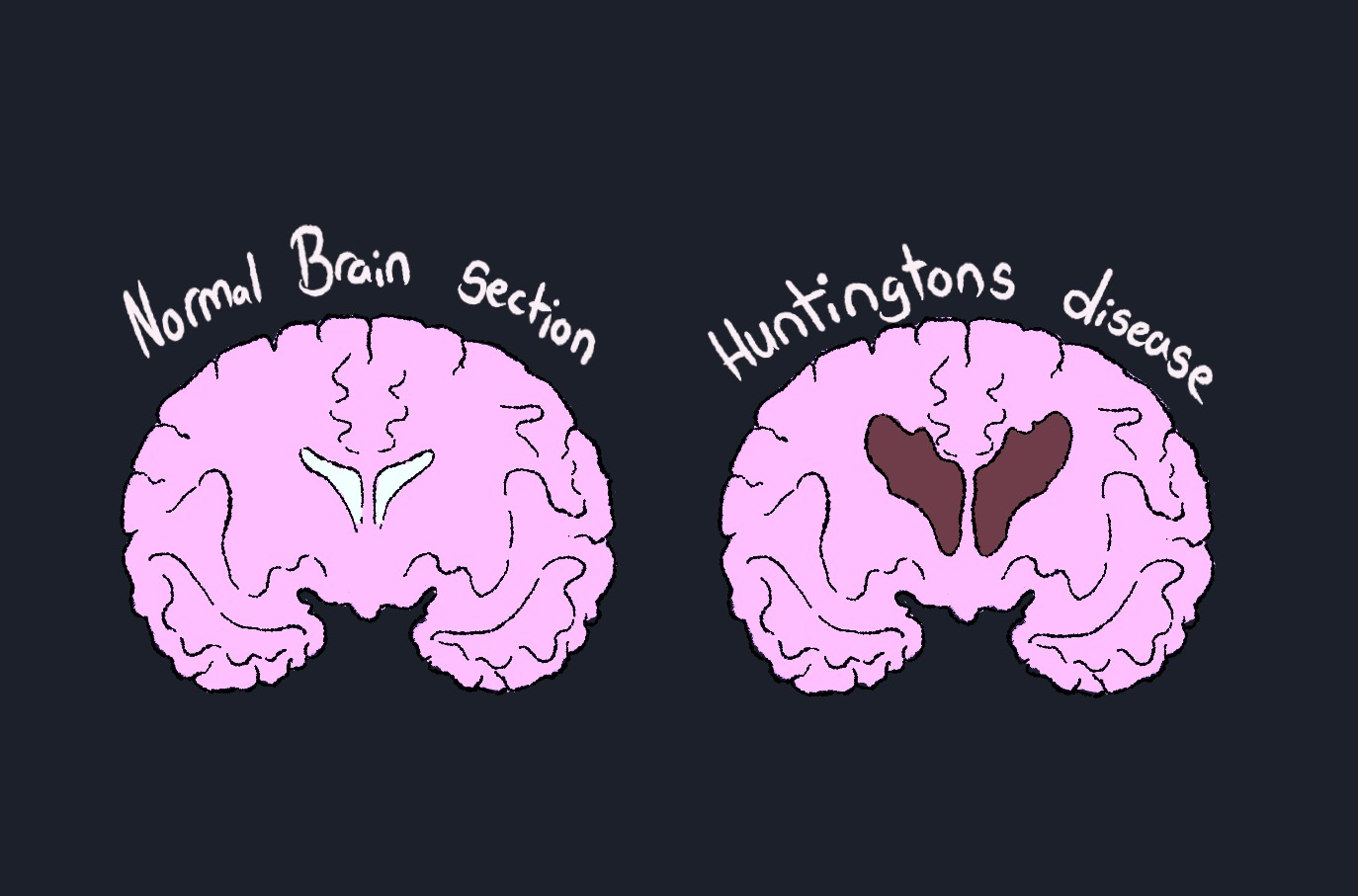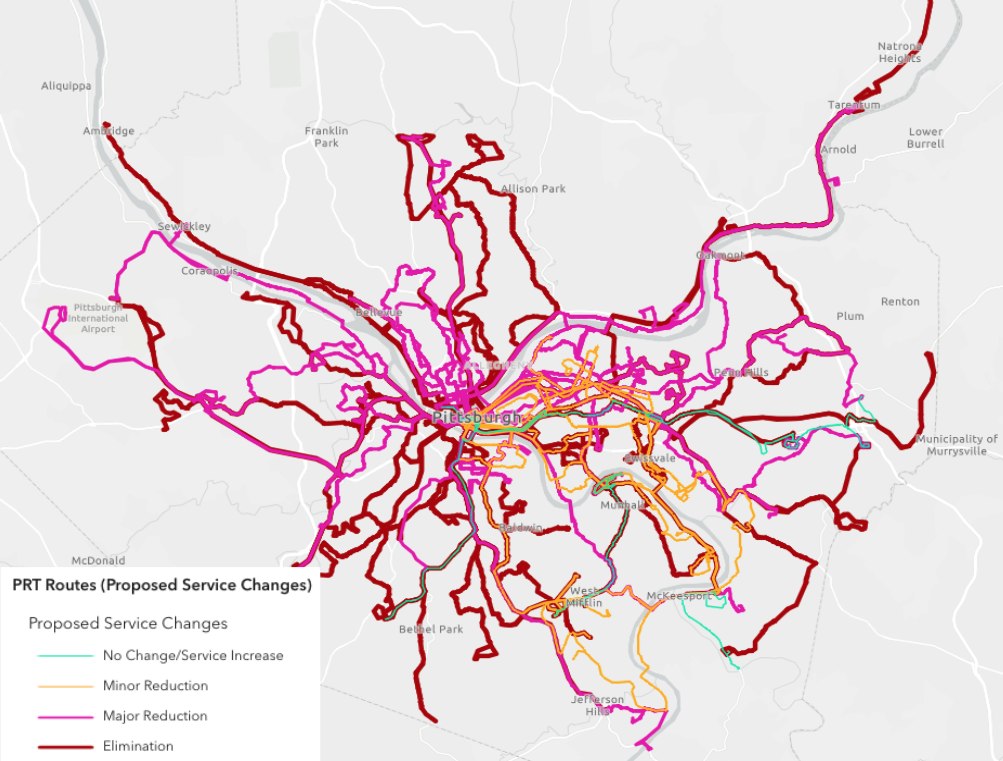By Jennifer Bortner and Hailey Cohen
In recent years, the book community has been revitalized by social media. From BookTokers to Bookstagramers: If there’s a platform, someone somewhere is talking about books. The pairing of books and social media sometimes seems contradictory, but with the recent popularity of book content on TikTok, the online book community is finding an eager audience. This sudden influx of new readers, plus the ease of finding and recommending books to lots of people has both benefits and drawbacks, which has shaped the reading community in some unique ways.
For a long time, books have been avenues of community. In today’s world these communities have transitioned onto the most popular platforms of the time, like YouTube, Instagram, and now TikTok. But the TikTok literary space, also known as BookTok, is markedly different because of its scope and trendiness. BookTok caters itself toward young people who use the app. The most popular content creators feature literary fiction novels, along with some young adult fiction, mystery, fantasy, poetry, and memoirs mixed in.
Promoting books on TikTok turns out to be so influential that sometimes popularity and support are garnered overnight. For example, one young TikTok user, Marguerite Richards, made a video about her father’s book “Stone Maidens” that was published in 2012 but had not been widely followed. Richards’ 16-second video was enough to propel her father’s novel to the top of Amazon’s bestseller list in merely a few days, surpassing authors Colleen Hoover and Prince Harry. This is just one of the benefits of BookTok’s popularity. BookTok also allows young people to learn about new genres, find new recommendations based on their interests, connect with a community of book lovers, and possibly promote their own writing to a wide audience.
These positive aspects of BookTok are present in most other book communities on social media, but TikTok is special because its book content reaches such a large audience that it brings in people who may not be avid readers. BookTok offers a welcoming introduction to reading for all TikTok — numbering over one billion users. This is reflected not only in the millions of views on book-related TikTok videos, but also in book sales. Barnes & Noble sales have increased in the past two years, partially due to the increased popularity of reading in young people. Many Barnes & Noble stores now feature displays showing “as seen on TikTok” books, fully embracing their new consumer base.
Apart from the increased interest in reading and the revenue boosts for bookstores, there are also downsides to communities like BookTok. One of these is a lack of variety in books promoted on social media. On the app, creators often recommend the same or similar books over and over again. Novels such as “Circe” by Madeline Miller, “We Were Liars” by E. Lockhart, and “Red, White & Royal Blue” by Casey McQuiston are a few that have fallen into the cycle of book recommendations. While there are always creators recommending new books, TikTok algorithms tend to boost videos with novels that are already popular because there is such a large audience interest in them. These books have gained popularity in quantities that only social media could produce, which is great for their authors. However, this phenomenon generates a feedback loop in which the handful of books that get significantly promoted on TikTok are often repetitive and homogenous.
Further, many authors get left behind in this popularity game — specifically authors of color. In an article from The Cut, independent bookstore owner Leah Koch explained, “I can’t really think of a single book that’s blown up on BookTok that wasn’t written by a white person.” In the same piece, Sanjana Basker, a BookToker (@baskinsuns) elaborated on the problem. “I think it’s a reflection of a structural misunderstanding — the idea that the white woman is the factory model and everything else is a new edition on top of that, a new thing to consider, instead of the conceptualization of whiteness as a racial identity alongside all of the others — and I think that, given how young the BookTok audience skews, there’s not really a level of self-awareness about that yet.” Additionally, many publishing powerhouses now rely on authors and content to market their books within social media platforms. This means more work on the part of the author and also a skew of popularity based on how adept an author is at using social media.
We are now seeing that books are certainly not immune from the ever-changing global landscape which simultaneously connects and divides us. On the whole, social media has the power to boost a lot of books, reach out to new readers, and create community. However, it is what is done with that power that will define its role in the years to come.








Leave a Reply